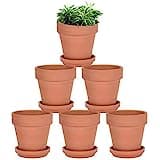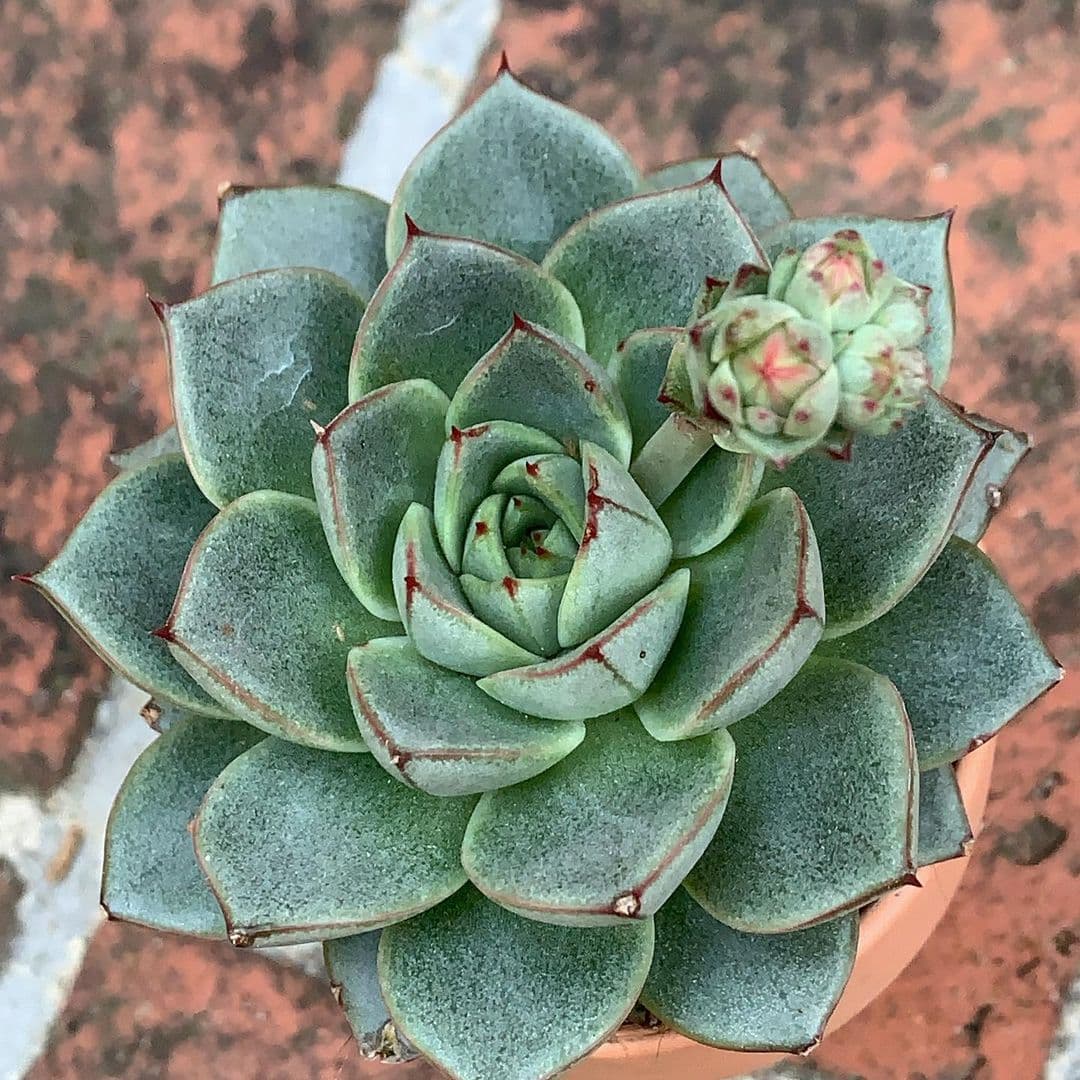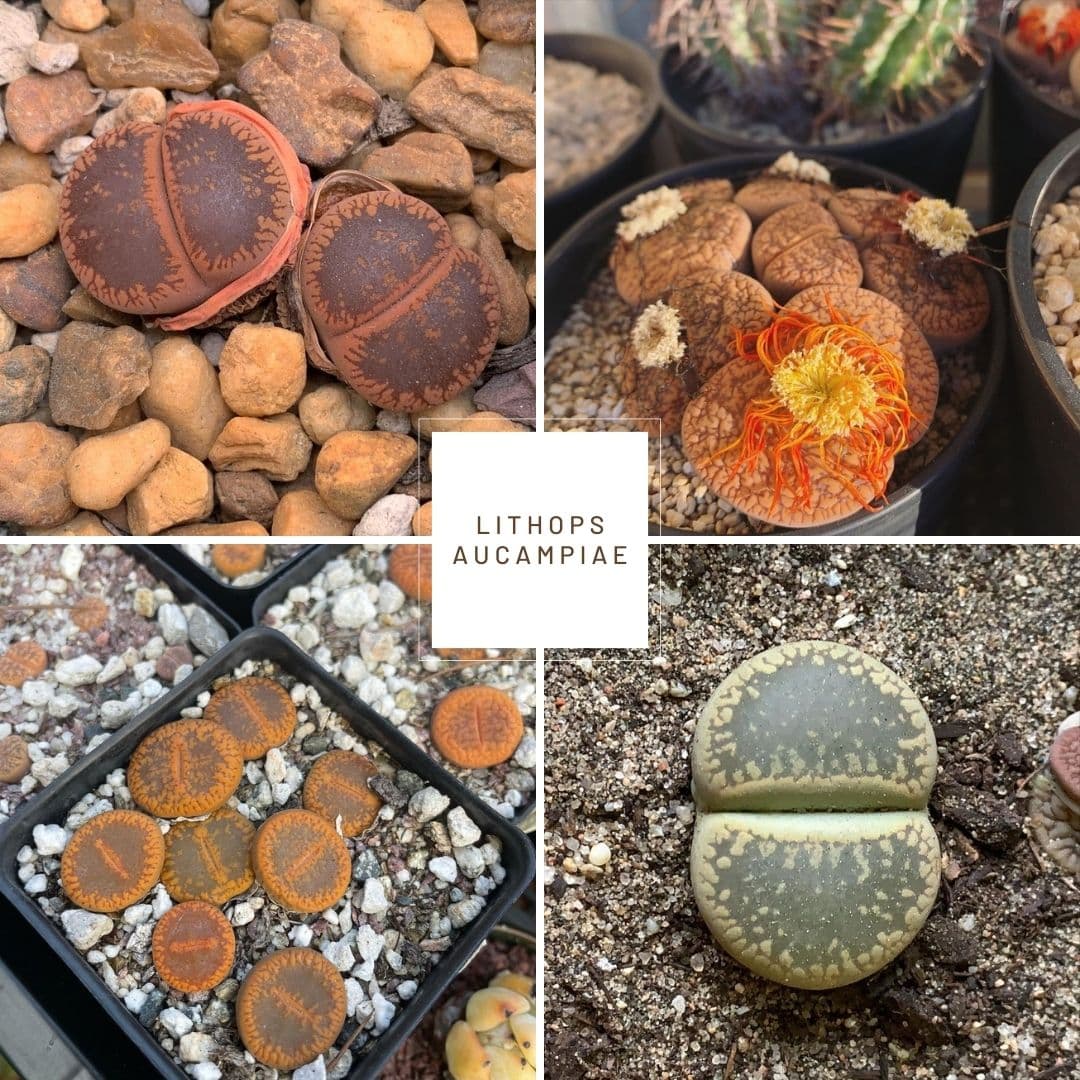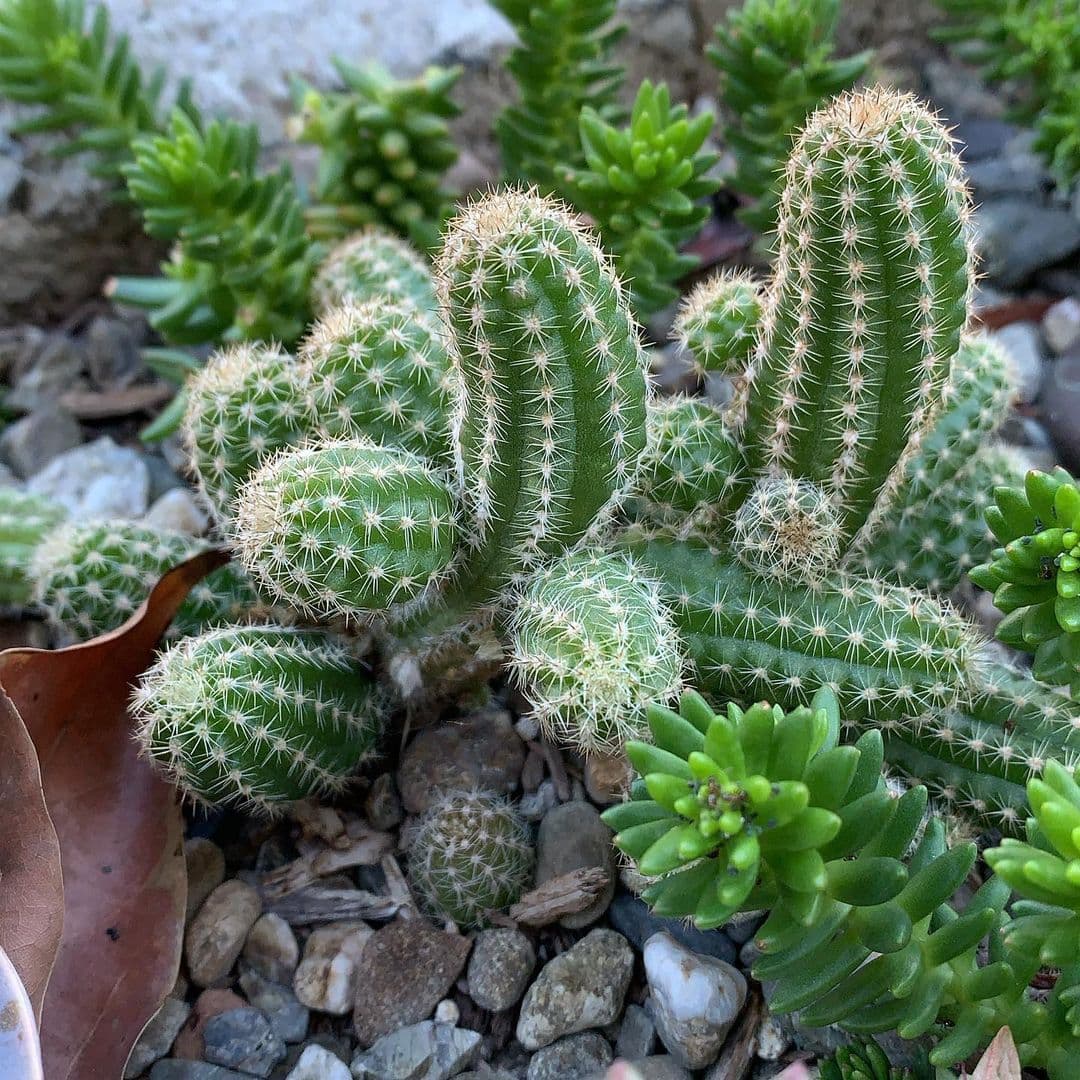Sansevieria Trifasciata "Snake Plant"
Posted by Grace on September 16, 2023

Quick Facts
- Native Habitat: West Africa
- Family: Asparagaceae
- Water: Low to moderate
- Sunlight: Indirect to low light
- Soil: Well-draining, sandy soil
Contents
- Why it is called Snake Plant?
- The Appearance of Snake Plant
- How to Care for Snake Plant
- Is Snake Plant Toxic to Pets?
- How to Propagate Snake Plant
- Where Can I Buy Snake Plant?
- FAQ
Why it is called Snake Plant?
The Snake Plant, scientifically known as Sansevieria trifasciata, earned its common name due to its long, upright leaves that resemble the shape and pattern of a snake's skin. This unique appearance has made it a popular choice for both novice and experienced plant enthusiasts.
Snake Plant also has a nickname called mother in law’s tongue, because its leaves are pointed and sharp, like your mother-in-law's tongue. Some also say it may be because the leaves resemble a traditional tongue-shaped good luck charm from some cultures, or because the plant is so tough and hardy it can survive neglect, much like a mother-in-law. 😅
The Appearance of Snake Plant
Leaves
Snake Plants are known for their striking appearance. They feature stiff, sword-like leaves that can grow between 6 inches to 8 feet tall, depending on the variety. These leaves are typically dark green with distinctive light green or yellow striping, creating an eye-catching contrast.
Flowers
Additionally, when they bloom, snake plants produce elegant, fragrant white or greenish-white flowers on tall spikes, adding to their overall charm. The plant's architectural and sleek appearance, combined with occasional flowers, makes it an ideal choice for modern interior decor.
 Flowers of Snake Plant
Flowers of Snake Plant
How to Care for Snake Plant
Light
Snake Plants thrive in indirect to low light conditions, making them suitable for homes and offices with limited natural light. They can also tolerate some direct sunlight, but too much can lead to leaf burn.
Watering
One of the key reasons snake plants are beloved is their resilience to neglect. They prefer to dry out between waterings, so it's essential not to overwater them. Water sparingly, about every 2-6 weeks, depending on your home's humidity and temperature.
My snake plant thrives when I simply ignore it for months at a time. Occasionally, a leaf becomes so long that it flops over, so I cut it off and stick it in the pot. Nine out of ten times, they root and grow.
 Snake plants grow the best when you neglect them! (Photo Source)
Snake plants grow the best when you neglect them! (Photo Source)
Soil
Plant Snake Plants in well-draining, sandy soil. A cactus or succulent mix is often an excellent choice. Good drainage is crucial to prevent root rot, a common issue in snake plants.
Temperature
These plants are adaptable to various temperature ranges, but they prefer temperatures between 70-90°F (21-32°C). They can tolerate occasional drops to 50°F (10°C) but should be protected from frost.
Humidity
Snake Plants are not picky about humidity levels and can thrive in average indoor humidity.
Fertilizing
Fertilize sparingly, only during the growing season (spring and summer), with a balanced liquid fertilizer diluted to half strength every 6-8 weeks.
Pruning
Pruning is typically minimal for snake plants. Remove any dead or damaged leaves to maintain their attractive appearance.
Repotting
Repot your snake plant when it becomes root-bound or outgrows its container. This is typically needed every 2-3 years.
Dormancy
Snake Plants don't go dormant in the traditional sense. They are relatively slow-growing, and their growth may slow down during the winter months.
Pests and Diseases
Snake Plants are generally resistant to pests and diseases. However, overwatering can lead to root rot. Keep an eye out for signs of this and treat promptly if needed.
Need tools for succulent propagation and repotting? Here are my go-to tools: mini tool set (including syringe 💉, gloves 🧤, tweezers 🪤, dust blower 💨, tiny shovels 🛠️) and well-draining mix 🌱.Is Snake Plant Toxic to Pets?
Yes, snake plants are toxic to pets, including cats and dogs. please keep it away from your furbaby! They contain compounds that can cause gastrointestinal discomfort if ingested. It's essential to keep them out of reach of curious pets.
Pro-tip: You can always refer to the ASPCA's website to check whether a plant is toxic to your pet. For the Snake Plant, you can find that it is listed as toxic to dogs and cats on their website.
 Cat biting a Snake Plant
Cat biting a Snake Plant
How to Propagate Snake Plant
Snake Plants can be propagated through leaf cuttings or by dividing the rhizomes. Leaf cuttings are the most common method and involve cutting a healthy leaf into several sections and planting them in soil.
Sometimes simplicity is the key to success with propagating Snake Plant! From my experience, randomly cuts the plant back and sticks the cuttings in the soil just like that, and they grow. 🤷♀️
Where Can I Buy Snake Plant?
You can find Snake Plants at most garden centers, nurseries, and even online plant shops. They are widely available due to their popularity as a houseplant.
FAQ
How often should I water my Snake Plant?
Water sparingly, allowing the soil to dry out between waterings, typically every 2-6 weeks.
Can I place my Snake Plant in direct sunlight?
While they can tolerate some direct sunlight, it's best to provide them with indirect or low light to prevent leaf burn.
Do Snake Plants require a lot of care?
No, Snake Plants are relatively low-maintenance and can thrive with minimal care.
What should I do if my Snake Plant's leaves turn yellow?
Yellowing leaves can be a sign of overwatering or insufficient light. Adjust your care routine accordingly.
Can I keep a Snake Plant in my bedroom?
Yes, Snake Plants are excellent air purifiers and make a great addition to bedrooms. They also tolerate low light conditions often found in bedrooms.






